Sergers have a bit of reputation of being very scary and difficult machines to learn to use. Are these fears founded in reality?
Let’s take a step back and define what a serger is. A serger is a specialty sewing machine that is specifically used for sewing overlock stitches.
This post may contain affiliate links. Read the full disclosure here.
You can learn all about what a serger is, what it does, and how it differs from a regular sewing machine in my Serger VS Sewing Machine Guide. (Make sure to read the Quick-Compare Infographic!)

I’ve been sewing for 20 years now, so I know a thing or two about using sewing machines and sergers. Let’s talk about what makes sergers intimidating to use, and what I recommend for beginners.
Are Sergers Hard To Use?
Sergers are not hard to use once you learn how. They operate very similarly to a regular sewing machine, with a foot pedal that controls the sewing needles. What makes a serger tricky is that they sew much faster than a regular sewing machine, and can be difficult to thread.
Learning to use a serger comes with a learning curve, just like learning to sew on a sewing machine does. However, if you already know how to sew, learning to serge will be much easier than if you are starting from sewing-skills-scratch!
Learning to use my Brother 1034D serger was surprisingly easy and straight forward. You can read what I love about the machine here.
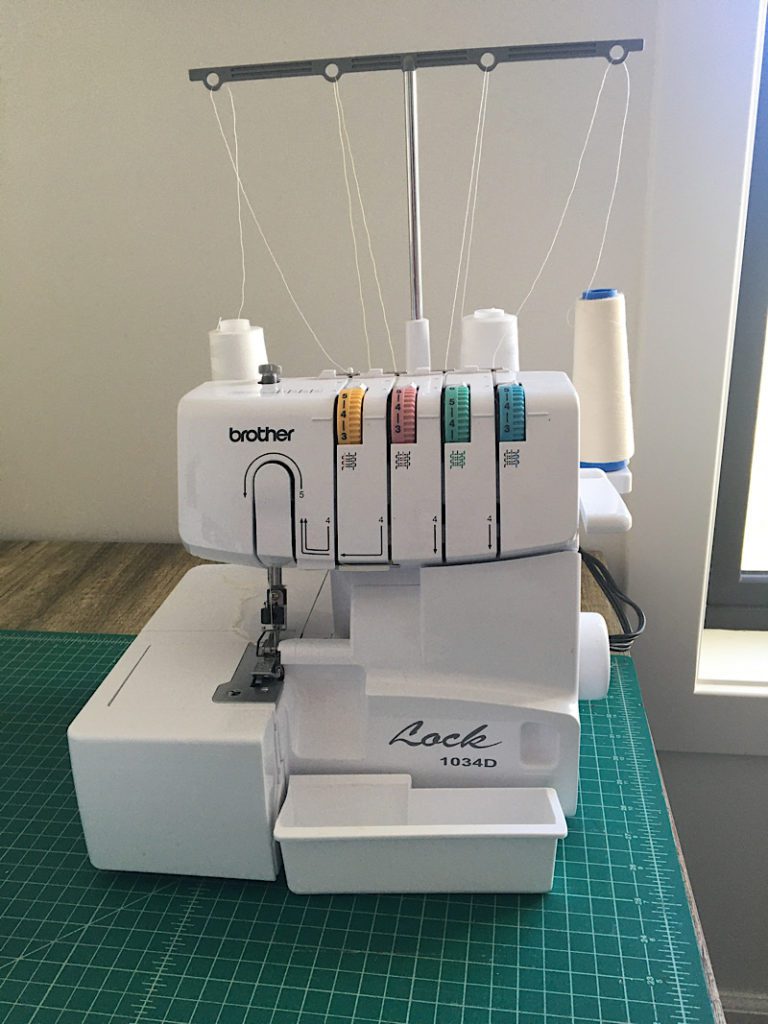
Each serger model is a bit different, but in general a serger is used in much the same way as a regular sewing machine. You use your feet to press on the floor pedal (foot pedal), which controls the needles and feed dogs on your machine. The fabric is fed through, cut, and stitched simultaneously.
The basic motion of using a serger is not too tricky. Just press your foot, and feed the fabric through. So why do they get such a bad rap? What is it about a serger that is scary?
What can be hard about a serger?
There are several things about a serger that are different and potentially harder to learn than on a regular sewing machine.
- Threading the machine
- The speed of the machine
- Serging curved edges
- Cannot Backstitch
- Safety regarding the upper and lower blades
Threading the Machine
I’ll admit it, threading a serger is pretty annoying. But I wouldn’t call it hard! What makes it cumbersome is that a serger has FOUR threads that need to be threaded through the machine!
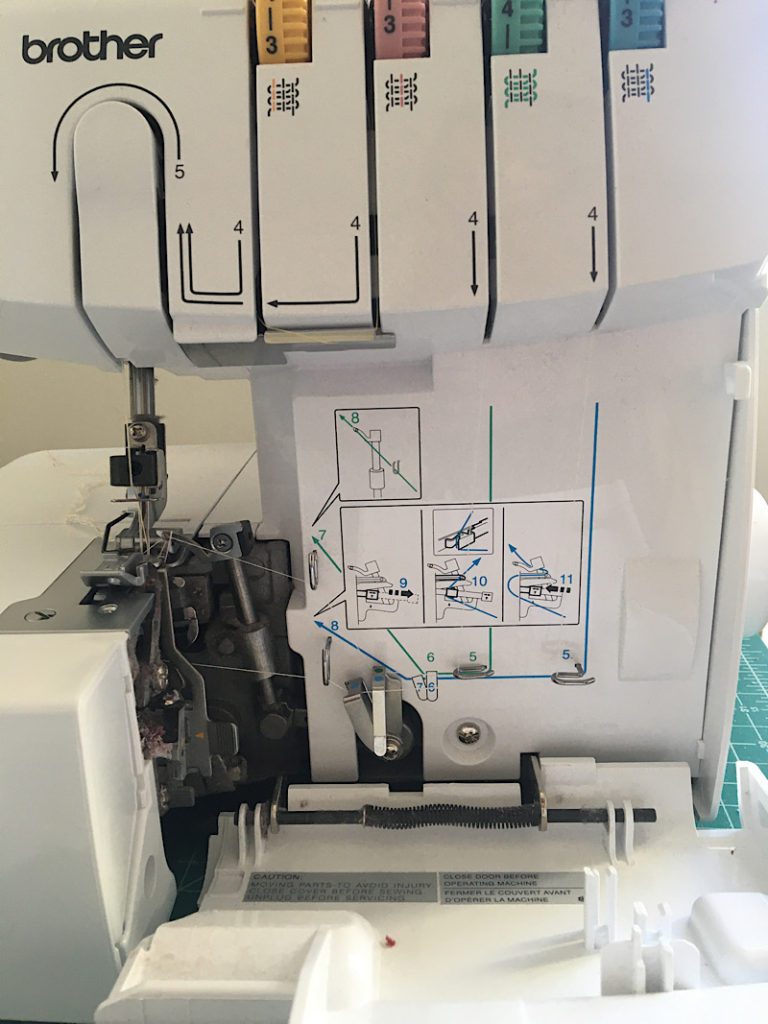
Each thread comes through the machine in it’s own unique way. Some go to the needles (these are the upper threads) and some come down to the loopers.
While threading the machine, you must pull each thread through in a specific order. On my two-needle machine, the correct order is: Upper looper, lower looper, right needle, left needle. ( Threads 3, 4, 2, 1) It always has to be done in this order, or else the machine will not work properly.
This means that if one thread breaks while sewing, I have to UNTHREAD the entire machine, and rethread it all. It is a bit time consuming and frustrating at times to do this, but it is worth it to get those nice overlocked edges.
The speed of the machine
Sergers sew incredibly fast. According to Janome, most home sewing machines sew around 650-1000 stitches per minute. However, sergers can sew over 2000 stitches per minute!
While you can certainly slow your machine down by not pressing the foot pedal as hard, it does take a lot of practice and care to sew at such a high speed.
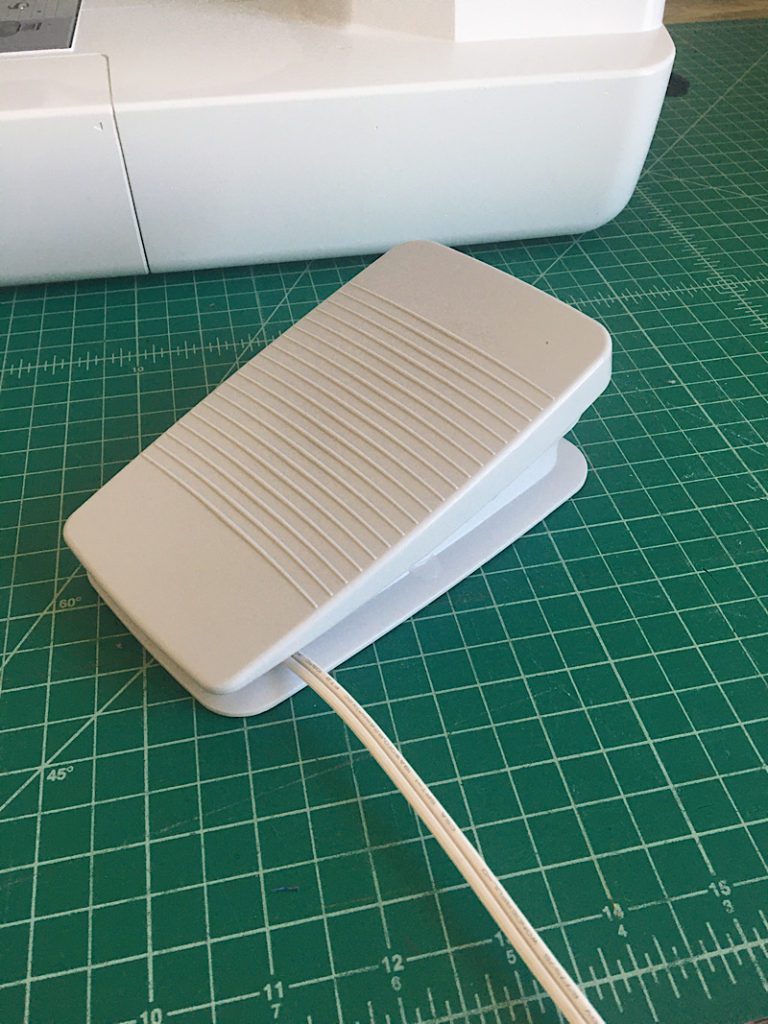
But once you get some experience, you will probably appreciate how fast you can get a seam stitched!
Sewing Curved edges
Another skill you will have to learn with a serger is how to serge around curved edges. While serging, you have to make sure your fabric goes through the blades to be trimmed, as well as through both needles to be overlocked. If you move or turn your fabric too quickly, it might miss the needles which results in a gap in your hem.
When serging around a curve, slow down a bit and watch the fabric carefully to make sure it is pulled under the needles.
In addition, you should keep in mind that because a seger has two needles, you cannot pivot the fabric the same way as you would on a sewing machine. This makes the process for sewing corners differ, but it is still very doable.

You cannot backstitch
Sergers are made to overlock in one direction only, which means they cannot backstitch. If you clip the serged hem threads and do not stabilize them somehow, they will fray. So what are you supposed to do?
There are several ways you can finish serger ends including clipping the threads and then bringing the fabric over to your sewing machine and sewing a quick backstitch over the end to hold it down.
Safety when sewing near the blades
Sergers are equipped with an upper and lower blade that move up and down while you sew to trim away the extra fabric.

While you serge, you should be mindful about the upper blade and keep your fingers away from it to prevent getting cut.
Getting cut by a serger is probably a rare occurrence, but it can happen and is one more thing you need to keep track of. But don’t worry, once you practice using your serger you will get used to it!
Conclusion
All in all, I would say that while using a serger is a bit different than using a regular sewing machine, it isn’t very difficult. Different doesn’t necessary mean difficult.
It can be cumbersome at times, and it does take practice, but sergers are extremely useful and fun, and make quick work of producing professional quality hems. I used my serger recently while making my new baby a cute baby romper and it was so quick! (Get the Free Baby Romper Pattern!)
Have you used a serger before? What about it seems difficult to you? Let me know what other questions you still have!
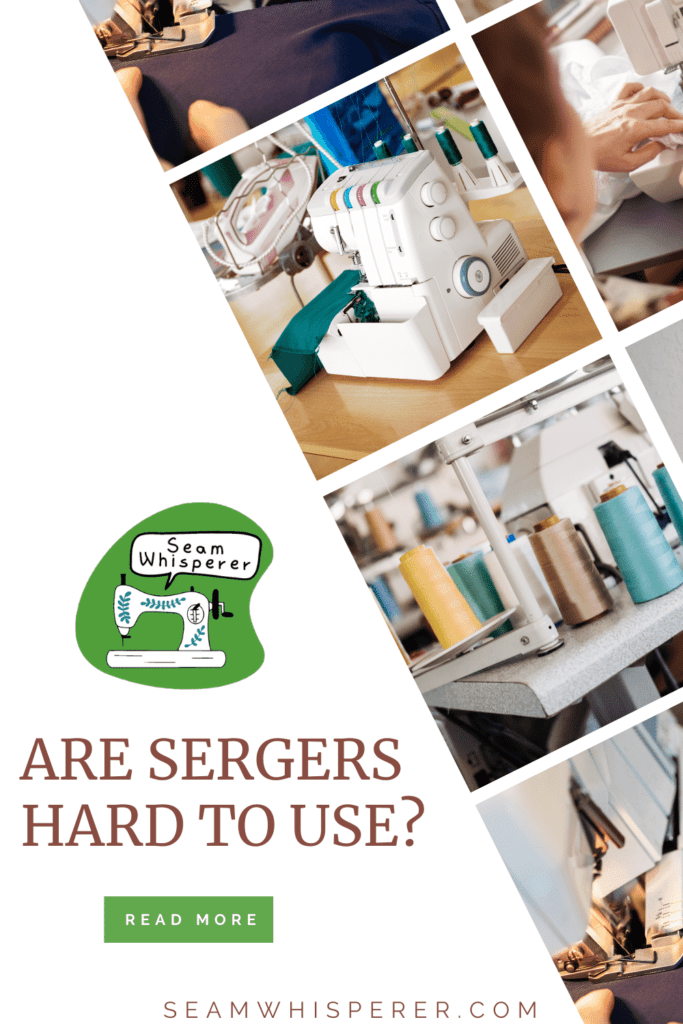



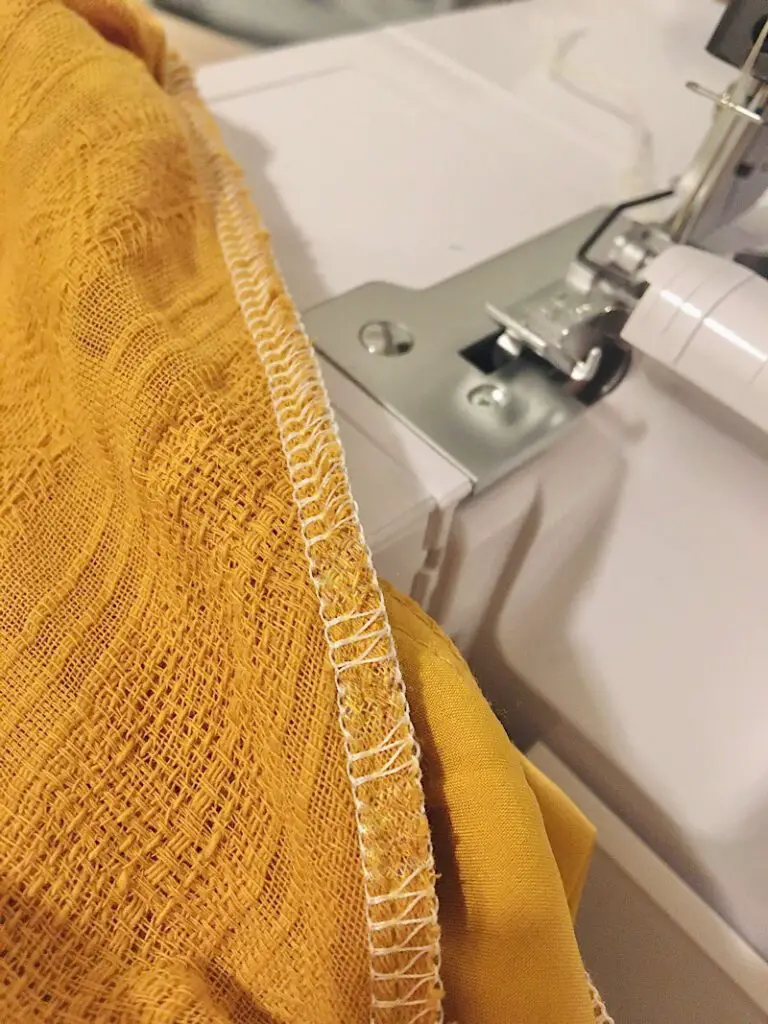
I recently purchased a serger, a “White Speedylock 1600 Differential”. It’s an oldie, but was never used, never even taken out of the box. Today, I was finally able to figure out how to thread it successfully with the help of youtube videos by people like yourself, and including yourself — I finally did it! Having tested it on various fabrics, it makes a perfect stitch…but for some strange unknown to me reason, the “tail” threads which are not actually on the fabric after I’ve sewn a length, bunch up under the presser foot and form a knot. I’ve had to cut the threads and then re-thread the machine each time. Could it be something to do with thread tensions &/or the differential settings? Thank you for your videos and commentaries…these have been so helpful.
Bev, are they getting caught on something? Have you tried holding them with your left hand and gently “pulling” it through as you sew? Sometimes mine get stuck on the feed dogs and get putted forward.
Hi, S.W. Yes, I’m pretty sure that I was “pulling” gently to make sure that a long enough chain remained following sewing, but perhaps I was being TOO gentle. That may be it, getting stuck on the feed dogs. I’ll try again…third time’s a charm, right? (I hope!)